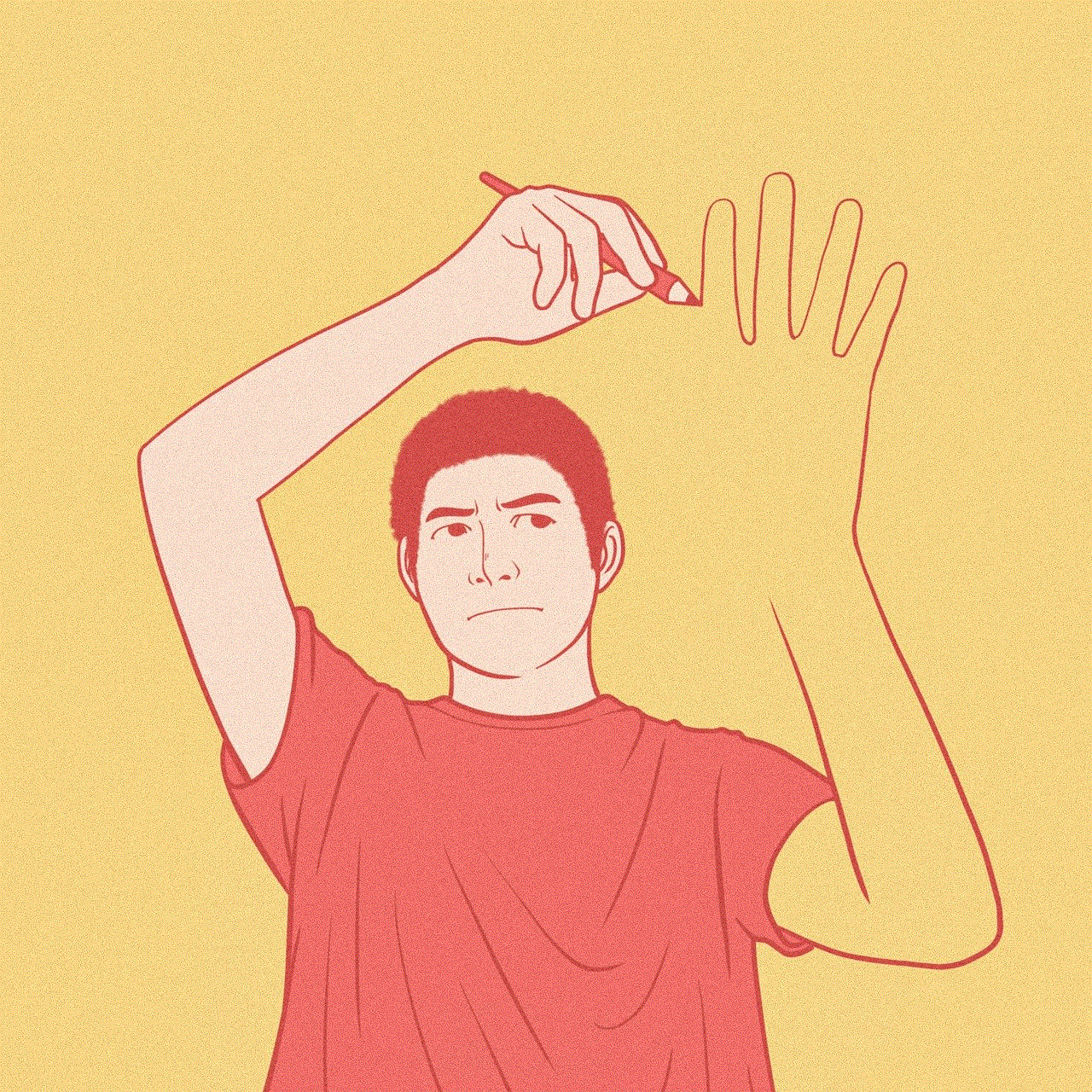lost my iphone and it’s dead
Losing your iPhone can be a nightmare, and it becomes even worse when it’s dead. Not only have you lost an expensive piece of technology, but you are also disconnected from your entire digital life. From contacts and messages to photos and important documents, our iPhones have become an extension of ourselves. The thought of losing all of that can be overwhelming. However, there are steps you can take to find your lost iPhone and protect your data, even if it’s dead. In this article, we will explore the different options you have when you lose your iPhone and it’s dead.
First and foremost, it’s essential to understand that losing your iPhone doesn’t necessarily mean it’s gone forever. In most cases, people tend to misplace their phones rather than it being stolen. According to a study by Lookout, a mobile security company, 9 million phones are lost or stolen in the US every year. However, 30% of them are eventually found. This means that there is still hope for your lost iPhone, even if it’s dead.
The first step you should take when you realize your iPhone is missing is to try and locate it using the Find My app. This app was introduced in 2010 and has been a lifesaver for many iPhone users. It allows you to locate your lost iPhone on a map, play a sound to help you find it, and even lock or erase your phone remotely. However, for this app to work, your iPhone needs to be connected to a Wi-Fi or cellular network. This can be a problem if your phone is dead. But, there is a way around it.
If your iPhone is dead, the Find My app will show its last known location before it shut down. This information can be crucial in helping you locate your phone. You can either go to that location and search for your phone or contact the authorities and provide them with the location. They can then try to find your phone using more advanced technology.
Another feature of the Find My app is the Lost Mode. This feature allows you to remotely lock your iPhone with a passcode and display a custom message on the lock screen . You can also add a contact number, so if someone finds your phone, they can call you. This feature is helpful if you believe your phone has been stolen. The thief won’t be able to access your data, and you can still try to locate your phone using the Find My app.
If you have sensitive information on your iPhone, you should also consider erasing it remotely using the Find My app. This will completely wipe your phone, and no one will be able to access your data. However, this should be a last resort as you won’t be able to track your phone after it has been erased.
Another option you have when your iPhone is lost and dead is to use the iCloud website. Similar to the Find My app, the iCloud website allows you to locate your lost iPhone on a map, play a sound, and remotely lock or erase your phone. However, unlike the app, the website can be accessed from any device with an internet connection. This means that you can use a computer or a friend’s phone to try and locate your lost iPhone.
If you have exhausted all the options mentioned above and still can’t find your iPhone, it’s time to consider the worst-case scenario; your phone has been stolen. In this case, you should immediately contact your service provider and report your phone as lost or stolen. This will ensure that no one can use your phone or make calls using your number. You should also file a police report and provide them with the serial number of your iPhone. The serial number can be found on the original packaging or on the receipt of your phone.
In some cases, your service provider may be able to track your phone using its IMEI number. This is a unique 15-digit number assigned to every phone, and it can be used to identify a lost or stolen device. However, this method is not always accurate, and it may not work if your phone is turned off or its SIM card has been removed.
If you have been able to locate your lost iPhone using the Find My app, you may still face a challenge; your phone is dead. In this case, you can try to recharge your phone using a portable charger or a friend’s charger. If your phone has been dead for a while, it may take some time for it to turn on. This is because when your battery is completely drained, it takes a few minutes for it to have enough power to turn on.
Once your iPhone is on, you should immediately back up your data. This means connecting your phone to a computer and transferring all your photos, videos, and important documents. You can also use iCloud or Google Drive to back up your data. This will ensure that if you ever lose your iPhone again, you can easily restore your data to a new device.
In the unfortunate event that you are unable to find your lost iPhone, you should also consider taking steps to protect your data. This includes changing your passwords for all your accounts and enabling two-factor authentication. You should also monitor your accounts for any suspicious activity and report it immediately.
Losing your iPhone can be a stressful and overwhelming experience, especially if it’s dead. However, with the advancement of technology, there are now more options available to help you find your lost phone and protect your data. It’s always a good idea to take precautionary measures, such as backing up your data and enabling Find My app, to prepare for the worst. And if you are ever faced with the unfortunate situation of losing your iPhone, remember to stay calm and follow the steps mentioned in this article. There is still hope, even if your iPhone is dead.
what is a circle with a plus sign in it
A circle with a plus sign in it, also known as a “+” symbol, is a common geometric shape that has been used for centuries. It is a simple yet powerful symbol that has various meanings and uses in different fields, from mathematics to religion. In this article, we will delve deeper into the history, symbolism, and practical applications of this intriguing symbol.
History of the Plus Sign
The origin of the plus sign can be traced back to ancient civilizations, particularly in Egypt. It is believed that the symbol was derived from the hieroglyph for the word “addition,” which was represented by two legs crossing at the knees. As time passed, this symbol evolved and was adopted by different cultures and languages.
The first recorded use of the plus sign in its modern form was in the 15th century, in the book “The Whetstone of Witte” by English mathematician Robert Recorde. He used the symbol as a shorthand for the Latin word “et,” which means “and.” However, it was not until the 16th century that the plus sign gained widespread recognition, thanks to the work of German mathematician Johannes Widmann.
Symbolism of the Plus Sign
The plus sign has a deep symbolic meaning, and it has been interpreted in various ways throughout history. In mathematics, it is used to represent the operation of addition, where two or more numbers are combined to form a larger number. This is why the plus sign is often associated with positivity, growth, and abundance.
In religion, the plus sign is often used to represent the concept of duality or unity. In Christianity, it is used as a symbol of the Holy Trinity, representing the Father, Son, and Holy Spirit. In Hinduism, it is used to represent the union of Shiva and Shakti, the male and female energies of the universe. Similarly, in Taoism, the plus sign symbolizes the balance between yin and yang, the two opposing forces that make up the universe.
Practical Applications of the Plus Sign
Apart from its symbolic meanings, the plus sign has numerous practical applications in various fields. In mathematics, it is used to denote positive numbers, while a minus sign (-) is used for negative numbers. It is also used in financial accounting to indicate a positive balance or profit, whereas a minus sign represents a loss.



In medicine, the plus sign is used as a shorthand for the term “positive,” particularly in blood type classification. For example, a person with the blood type A+ has the A antigen present on their red blood cells, while someone with the blood type B- does not have the B antigen.
In technology, the plus sign is often used to indicate an option to add or include something. For example, in email addresses, the plus sign can be used to create different variations of the same address, such as [email protected] and [email protected]. This allows the user to filter and organize their emails more efficiently.
Furthermore, the plus sign has also been used in branding and marketing. Many companies have incorporated it into their logos, such as Google’s Google+ social network and the health and wellness brand, PlusCBD Oil. The symbol has a modern and simplistic design, making it visually appealing and easy to remember.
Conclusion
In conclusion, the circle with a plus sign in it is a powerful and versatile symbol that has been used for centuries. It has evolved from a hieroglyph to a shorthand for addition and has gained widespread recognition in various fields, including mathematics, religion, medicine, and technology. Its symbolic meanings of positivity, unity, and growth have made it a popular choice in branding and marketing. As society continues to evolve, the plus sign will undoubtedly continue to hold its significance and remain a familiar symbol in our daily lives.
waze access to contacts
Waze has become one of the most popular navigation apps in recent years, providing real-time traffic updates and alternative routes for drivers. However, one of the features that sets Waze apart from other navigation apps is its access to contacts. With this feature, users can easily navigate to any contact’s address without having to manually input the location. In this article, we will explore the benefits and potential concerns of Waze’s access to contacts, as well as how to manage this feature on your device.
What is Waze?
Waze is a navigation app that was founded in 2008 and acquired by Google in 2013. It uses real-time traffic data and crowd-sourced information from its users to provide the most efficient route for drivers. With over 130 million monthly active users, Waze has become a popular choice for commuters and travelers.
One of the key features of Waze is its ability to access a user’s contacts. This means that when a user inputs a destination, they can choose to navigate to a contact’s address instead of typing in the full address manually. This feature has made Waze a convenient option for those who frequently visit friends and family or have regular business meetings at different locations.
Benefits of Waze’s Access to Contacts
The main benefit of Waze’s access to contacts is convenience. By having access to your contacts, Waze eliminates the need for you to manually input addresses every time you want to navigate to a familiar location. This not only saves time but also reduces the risk of errors in typing the address correctly.



Waze’s access to contacts also makes it easier for users to navigate to new locations. For example, if you are invited to a friend’s house for the first time, you can simply add their address to your contacts and let Waze do the rest. This eliminates the need to search for the address on a separate app or ask for directions.
Another advantage of Waze’s access to contacts is its ability to provide real-time updates. If, for example, your friend moves to a new location, Waze will automatically update their address in your contacts. This ensures that you always have the most up-to-date information when navigating to a contact’s address.
Potential Concerns of Waze’s Access to Contacts
While the convenience of Waze’s access to contacts is undeniable, some users may have concerns about privacy and security. With access to contacts, Waze has access to a user’s personal information, including their full name, phone number, and address. This information can be valuable to advertisers and other third parties.
Furthermore, the potential for data breaches or hacking cannot be ignored. If a hacker gains access to Waze’s servers, they could potentially access a user’s contacts and personal information. This can be a cause for concern, especially for those who have sensitive or confidential contacts saved on their device.
How to Manage Waze’s Access to Contacts
Waze’s access to contacts is an opt-in feature, meaning that users can choose whether or not to allow the app to access their contacts. For those who have concerns about privacy, it is recommended to disable this feature.
On an iPhone, you can manage Waze’s access to contacts by going to Settings > Privacy > Contacts, and then toggling off Waze. On an Android device, go to Settings > Apps > Waze > Permissions, and toggle off the Contacts permission.
Alternatively, you can also manage which contacts Waze has access to within the app itself. To do this, open Waze and go to Settings > Navigation > Add address from contacts. Here, you can deselect any contacts that you do not want Waze to have access to.
In addition to managing Waze’s access to contacts, users can also take steps to protect their personal information. This includes regularly updating their passwords, being cautious when granting permissions to apps, and being mindful of the information they save on their device.
Conclusion



Waze’s access to contacts has undoubtedly made navigation more convenient for users. By eliminating the need to manually input addresses, users can save time and reduce the risk of errors. However, with this convenience comes potential concerns about privacy and security. It is important for users to be aware of these concerns and take steps to manage Waze’s access to their contacts. By being cautious and proactive, users can continue to enjoy the convenience of Waze’s access to contacts while protecting their personal information.
